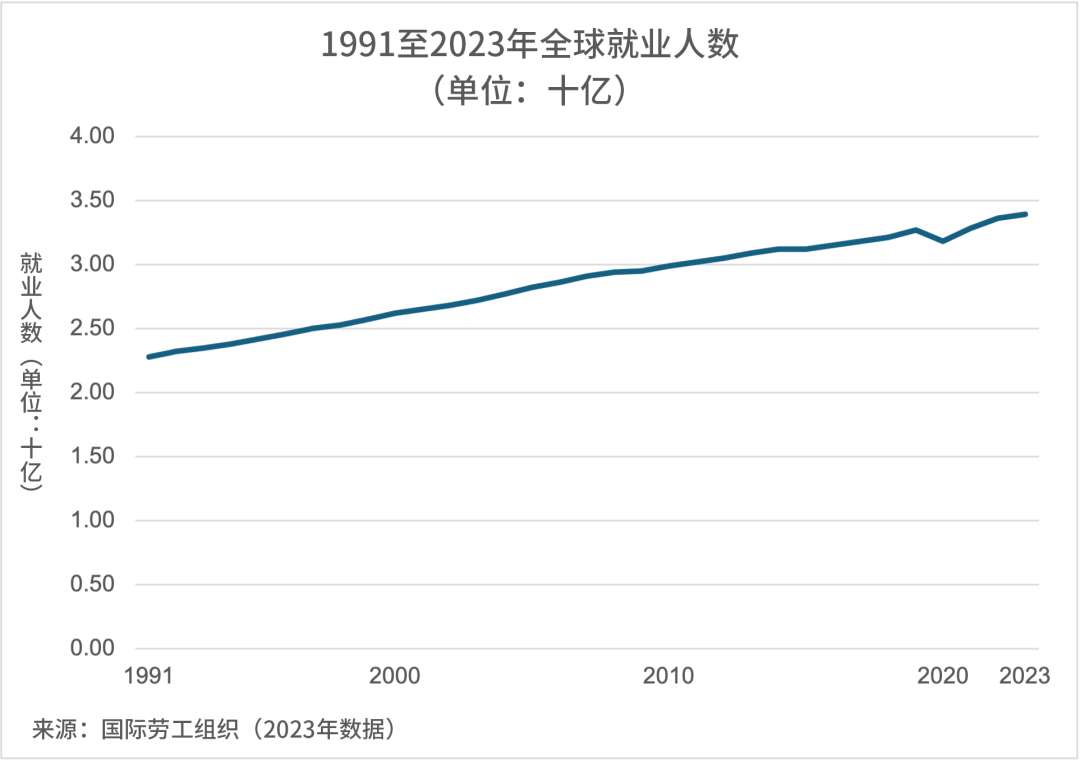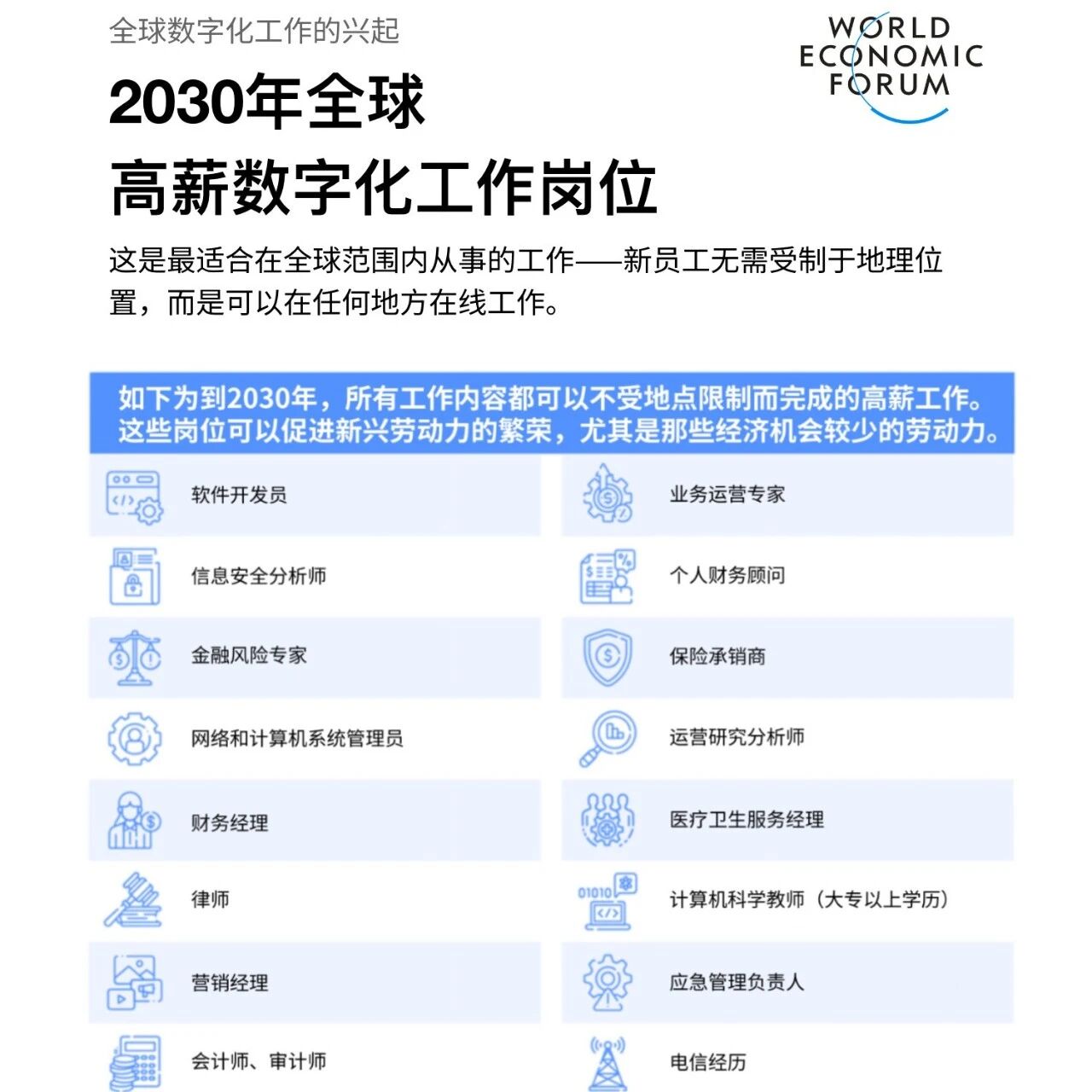,,
:Getty Images/iStockphoto/ipopba
Henrik Ekelund
BTS
2060,,··(Lyndon B. Johnson):,“”“”,,19912023(:)
:
Imagine a new world of workIf you were a farm worker 120 years ago—like roughly three-quarters of people back then—you could hardly imagine a world where just one out of every 20 people worked on a farm, could you? Could you have predicted the wide array of new jobs workers can pursue today? Even two decades ago, economists likely couldn’t have foreseen that the U.S. would now boast 800,000 private fitness trainers and 2.5 million roles in the app development industry.Today, as we try to envision new, uncharted jobs of the future, we may encounter similar challenges. While we can’t predict what lies ahead, we can explore broader topics, shift our perspectives, and consider the innovative career opportunities that might emerge.First, have all our needs been met today? For instance, do we want higher-quality food? Do we expect businesses or government agencies to deliver better services? Are we looking for products that are more efficient or beautifully designed? And do we aspire to enjoy improved physical and mental well-being? Meeting these needs and aspirations will, in turn, create new job opportunities.Second, as society evolves, as we strive to tackle today’s global challenges, and as innovations continue to emerge, will new demands arise? In the future, products with a role similar to today’s smartphones could give rise to entirely new fields of employment. While we may not be able to envision them right now, if the patterns of the past 200 years hold true, these jobs will undoubtedly emerge.Third, will the rising demand for products and services create new job opportunities? While new technologies certainly displace some jobs, in many cases they effectively empower workers to enhance their performance and boost productivity—leading to reduced production costs. And as products and services become more affordable, demand typically increases as well.Finally, and perhaps most importantly: How can policymakers and government agencies best foster dynamism and creativity in the labor market, paving the way for the emergence of new job opportunities? This becomes especially critical if creative destruction and shifts in employment continue—and at a pace that could outstrip anything seen before.Investing in new technologies and job opportunitiesSmall and medium-sized enterprises around the world have created a vast number of new job opportunities. Therefore, as new technologies become more widespread, the freedom for entrepreneurs and investors to launch and grow businesses will be more critical than ever before.As the nature of work evolves, a more flexible and dynamic labor market should enable workers to move more swiftly across industries and organizations. This means that countries with lower economic freedom and tightly regulated labor markets may become less attractive to entrepreneurs and investors, potentially leading to higher unemployment rates. Conversely, in nations where markets are open and labor markets are flexible, new job opportunities can continuously emerge, effectively replacing those that are lost.The creative destruction brought about by technological advancements may pose challenges and new obstacles for many individuals, as well as entire cities and regions. Governments can play a crucial role in easing these situations by offering workers opportunities for skills retraining or supportive programs, along with unemployment benefits and other forms of transitional safety nets.During the Industrial Revolution, local and national governments made significant public investments to provide training in reading, writing, and math—skills essential for the new jobs emerging at the time. Additionally, they invested in building new roads, ports, and other critical infrastructure. Today, in this new era, we need to make public investments in digital skills for everyone, while also constructing digital highways that ensure regions can fully seize the opportunities of the evolving economy.When we envision the future of new, unknown jobs, we must gain a comprehensive understanding of emerging technologies and their impact on our work and industries. By shifting our perspective on how new technologies create opportunities, we can ensure that the transformative power of AI aligns with the interests of everyone.
The above content solely represents the author's personal views.This article is translated from the World Economic Forum's Agenda blog; the Chinese version is for reference purposes only.Feel free to share this on WeChat Moments; please leave a comment below the post if you’d like to republish.
Translated by: Sun Qian | Edited by: Wang Can
The World Economic Forum is an independent and neutral platform dedicated to bringing together diverse perspectives to discuss critical global, regional, and industry-specific issues.
Follow us on Weibo, WeChat Video Channels, Douyin, and Xiaohongshu!
"World Economic Forum"






